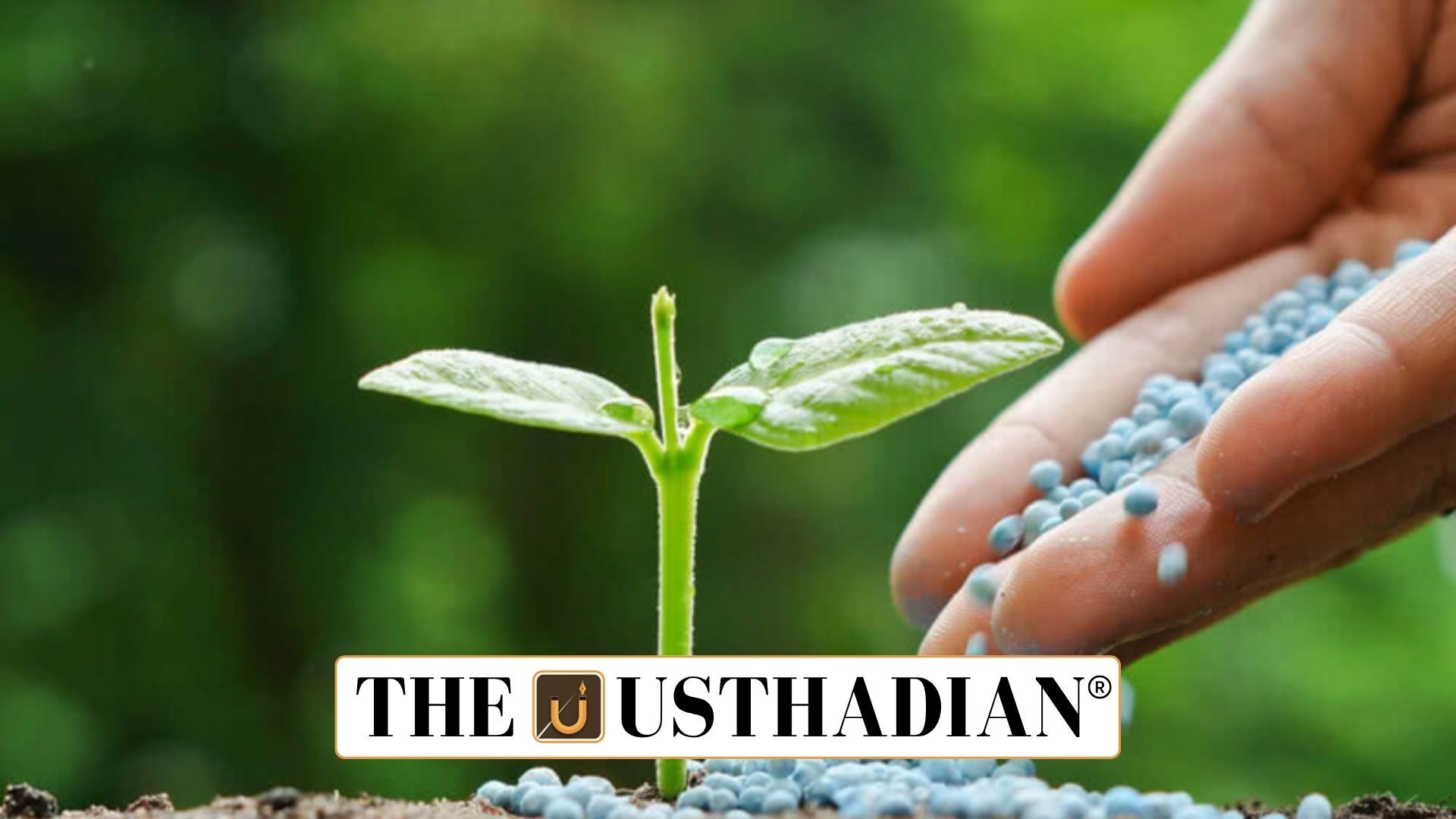Project launch
India’s Cooperative Energy Fertilizer Breakthrough at Kopargaon: Union Home and Cooperation Minister Amit Shah inaugurated India’s first cooperative-run compressed biogas (CBG) and potash granule project at Kopargaon, Maharashtra. The project is based at the Sahakar Maharshi Shankarrao Kolhe Cooperative Sugar Factory. It aims to link energy generation, fertilizer production, and agro-waste utilization under one cooperative framework.
Features of the project
The new facility uses by-products of sugar processing and organic waste to produce CBG as a green fuel and potash granules as fertilizer. Farmers and cooperative members will have direct ownership and share benefits. The initiative also moves beyond ethanol production, creating a circular economy in agro-industries.
Static GK fact: Potash is a vital source of potassium, one of the three primary nutrients in fertilizers (NPK – Nitrogen, Phosphorus, Potassium).
Role of cooperatives
The project highlights the power of the cooperative model, ensuring equitable benefit sharing among farmers, workers, and stakeholders. The National Cooperative Development Corporation (NCDC) is supporting the project financially, with plans to replicate the model in 15 more cooperative sugar factories across the country.
Static GK Tip: The NCDC was established in 1963 to finance, plan, and promote cooperative development in India.
Benefits for economy and environment
The project will help reduce import dependence on fossil fuels by producing CBG as a clean substitute. Farmers supplying biomass will earn extra income. The production of potash granules from waste closes the agricultural loop and adds value. Environmentally, the project reduces emissions, cuts waste, and supports India’s green energy targets.
Government support
The government is focusing on strengthening cooperatives, women’s self-help groups, and credit societies to enhance rural development. MSP for key crops has been increased, and 1,000 seed processing units are being planned to supply high-quality seeds. Such measures align with the push for energy and food security.
Static GK fact: The Minimum Support Price (MSP) system in India was first introduced in 1966–67 for wheat to ensure farmers against price fluctuations.
Challenges ahead
While promising, the model faces challenges such as maintaining consistent feedstock supply, ensuring technical reliability, and keeping operational costs sustainable. Regulatory approvals and environmental monitoring will also be crucial.
Way forward
If successful, the Kopargaon model can be a national blueprint for integrated agro-industry projects, combining renewable energy with fertilizer production. It represents a step toward energy self-reliance, farmer prosperity, and a sustainable circular economy.
Static Usthadian Current Affairs Table
India’s Cooperative Energy Fertilizer Breakthrough at Kopargaon:
| Topic | Detail |
| Project type | India’s first cooperative-run CBG and potash granule project |
| Location | Kopargaon, Maharashtra |
| Inaugurated by | Union Minister Amit Shah |
| Operated by | Sahakar Maharshi Shankarrao Kolhe Cooperative Sugar Factory |
| Supporting body | National Cooperative Development Corporation (NCDC) |
| Replication plan | Model to be extended to 15 cooperative sugar factories |
| Main outputs | Compressed Biogas (CBG) and spray dryer potash granules |
| Key benefit | Farmer income boost through waste utilization |
| Government schemes | MSP hike, 1,000 seed processing units planned |
| Broader focus | Circular economy and rural cooperative empowerment |








